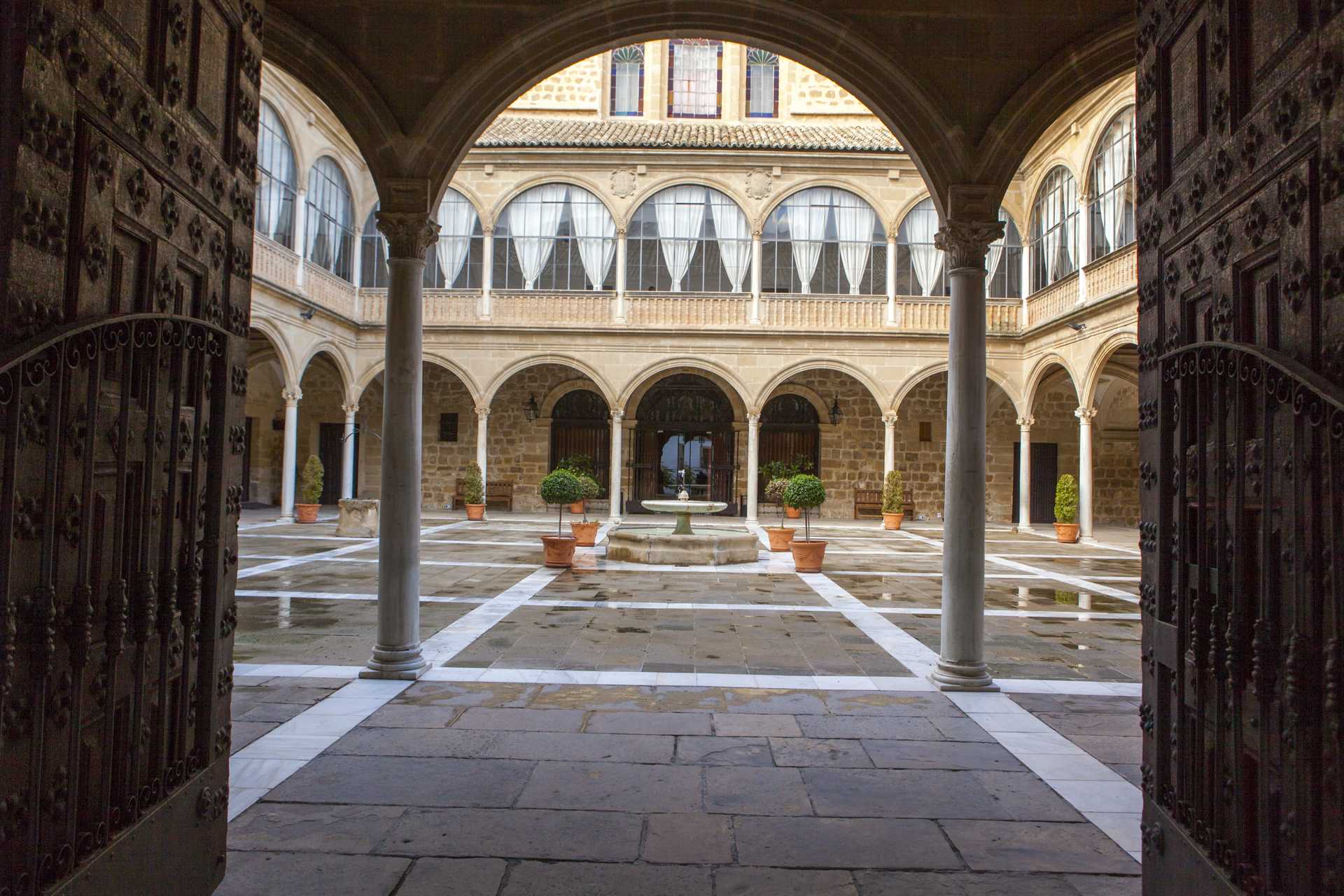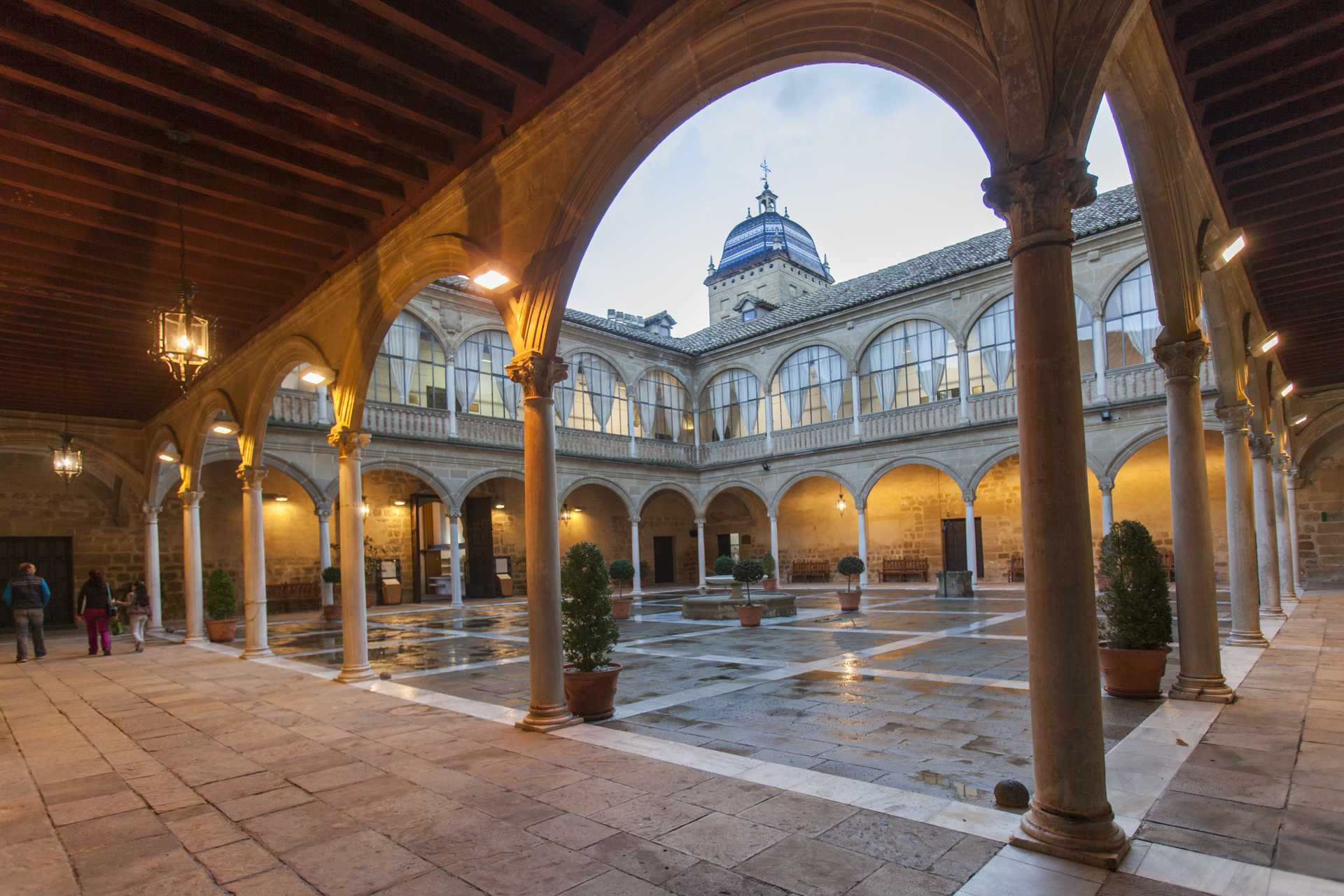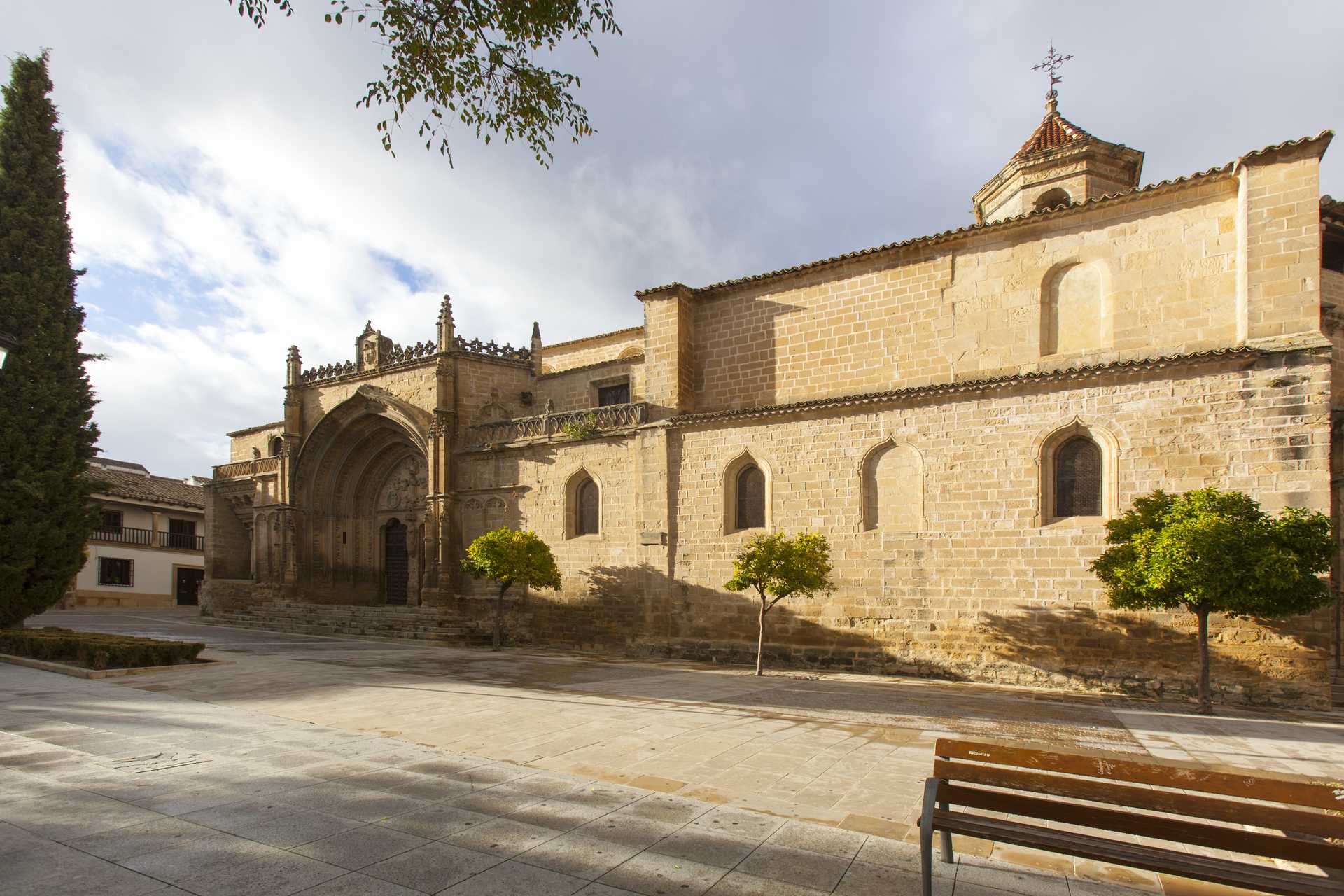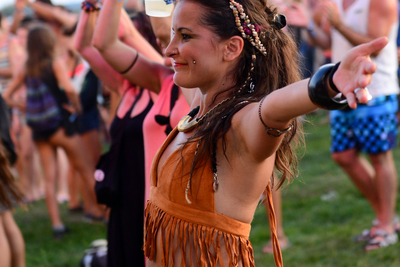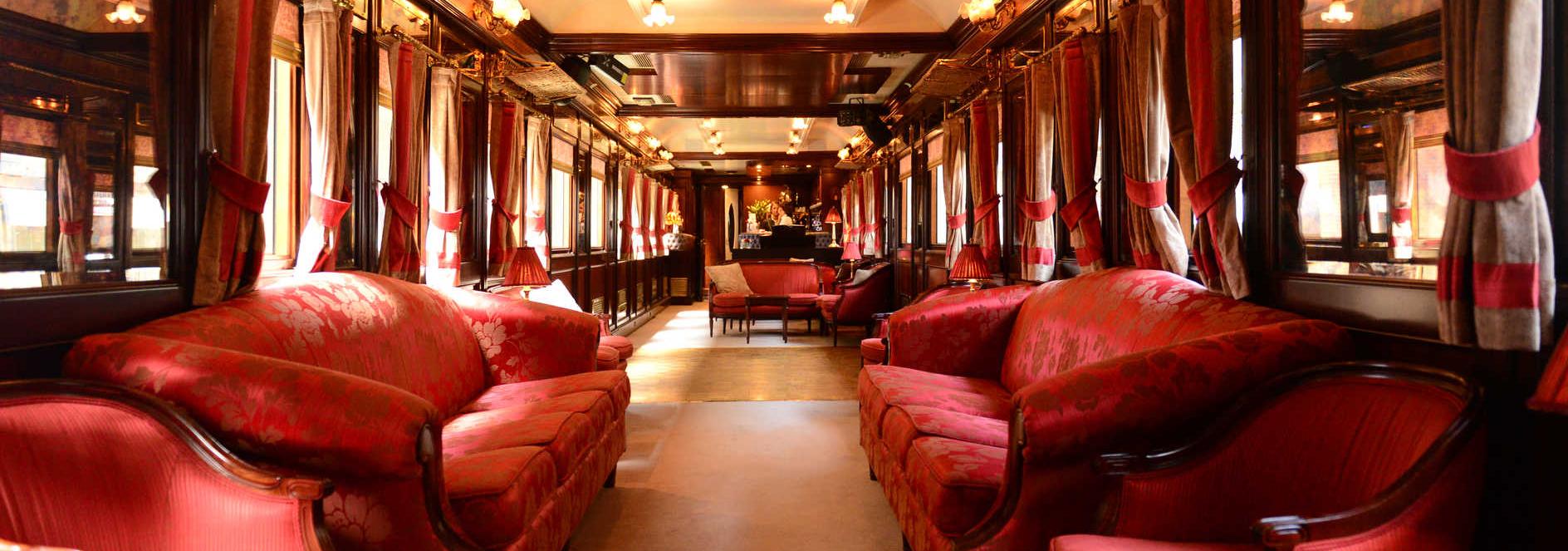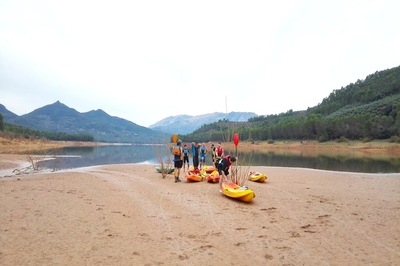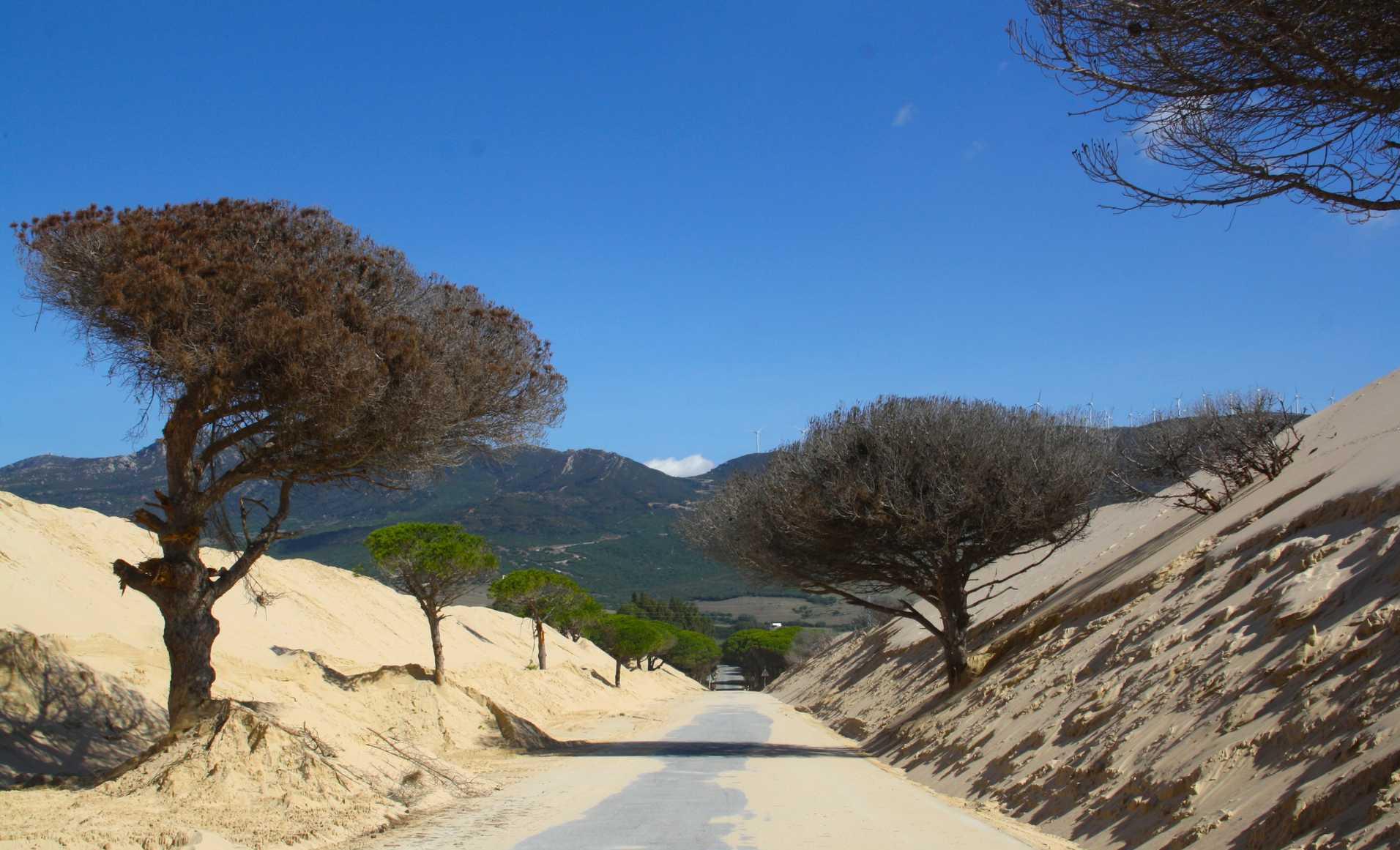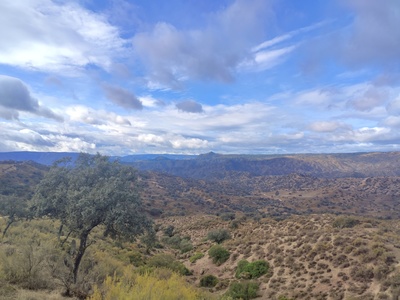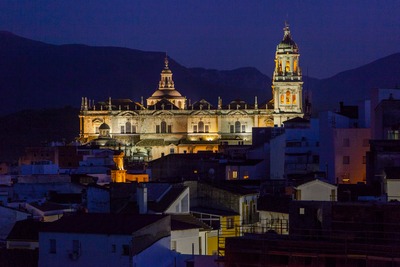Úbeda and Baeza: historic cities, cities for all
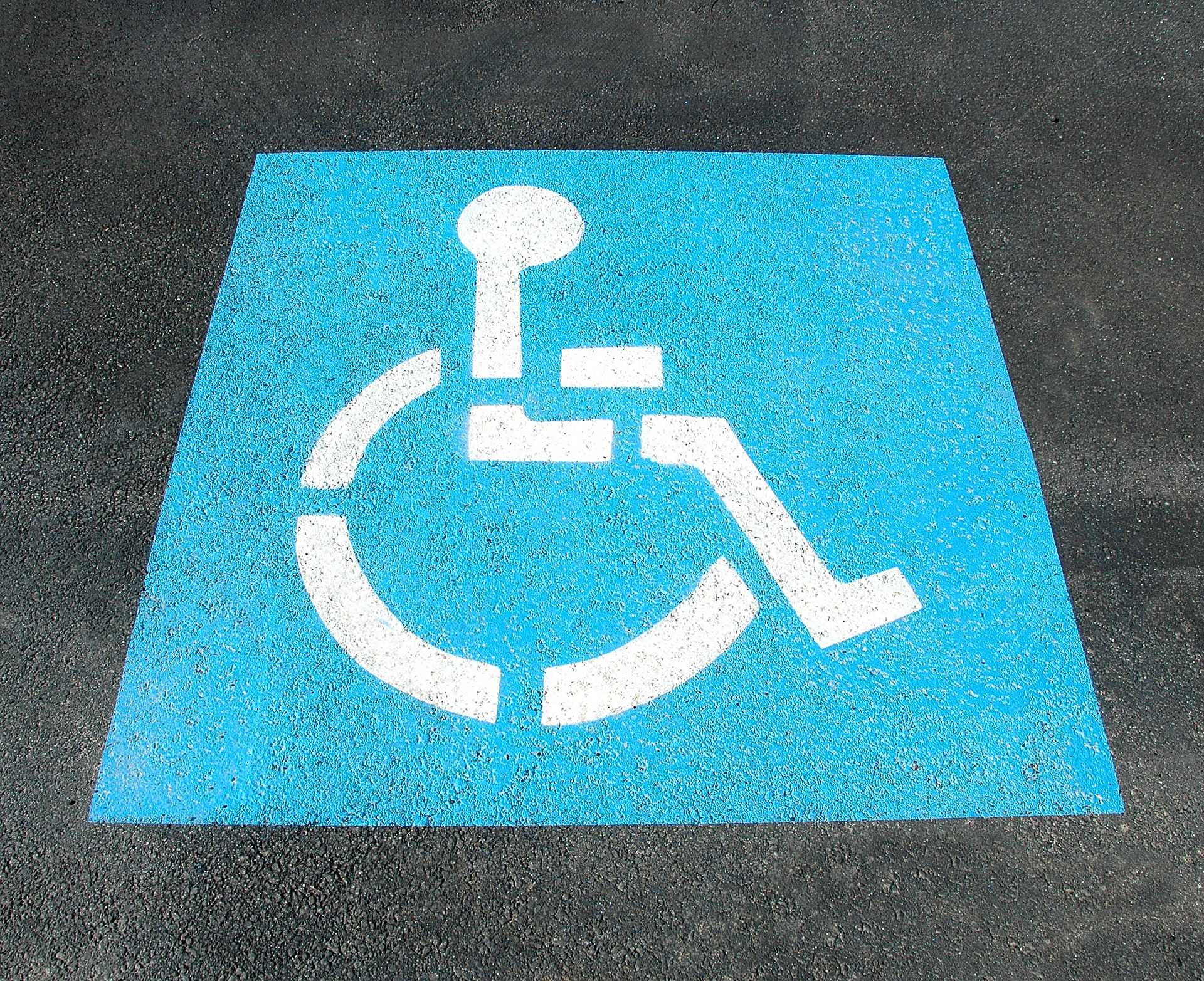
Jaén, an inland paradise, is not only a motto: it is a reality. Úbeda and Baeza are representative of monuments that don't need to quarrel with accessibility.
Connected thanks to their architectural legacy and UNESCO recognition that, in 2003, saw them declared World Heritage Sites, Úbeda and Baeza are capable of adapting to an era in which the advantages of accessible tourism correct an unquestionable reality: cities must belong to us all. Here, you will find tours of tourist interest that enable you to fully explore them, regardless of physical, sensorial or mental disability. Let's prepare a getaway to these wonderful destinations, with adapted tourism at the forefront.
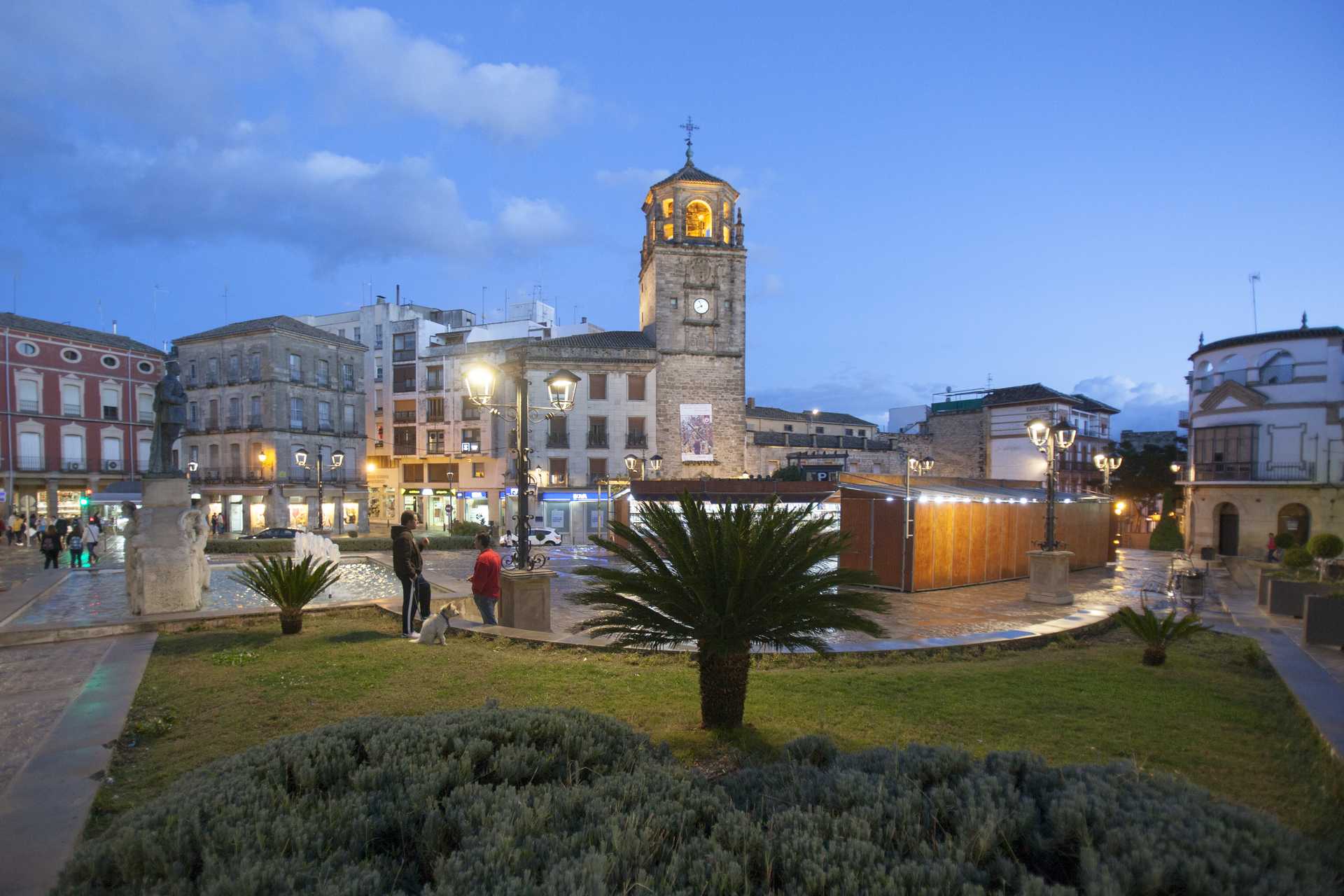
Baeza: the peacefulness of stones
It isreally at night when this city, decorated with lights at strategic points, can be admired in all its sepulchral beauty With a night stroll you can enjoy ordered city planning that seems frozen in time but treated with great care. You'll understand why it received its title from UNESCO.
You will come across Jabalquinto Palace, headquarters of the International University of Andalusia (UNIA), the Renaissance cathedral, Plaza de Santa María, the old university (on Calle Conde de Romanones)… A unique and artistic set of monuments.
Where to stay
Not only is Hotel TRH Ciudad de Baeza Business & Cultural accessible, it also guarantees the qualities of a four-star establishment. It was the site of a Carmelite convent in the 16th century, the city's golden age, and it involves a journey back in time for guests. Another spectacular accommodation option is Hotel Palacio de los Salcedo, located in a Gothic-Renaissance building packed with surprising details.
Where to eat
At La Góndola Restaurant, where Castilian heritage infuses the menu, dishes are dressed with olive oil.
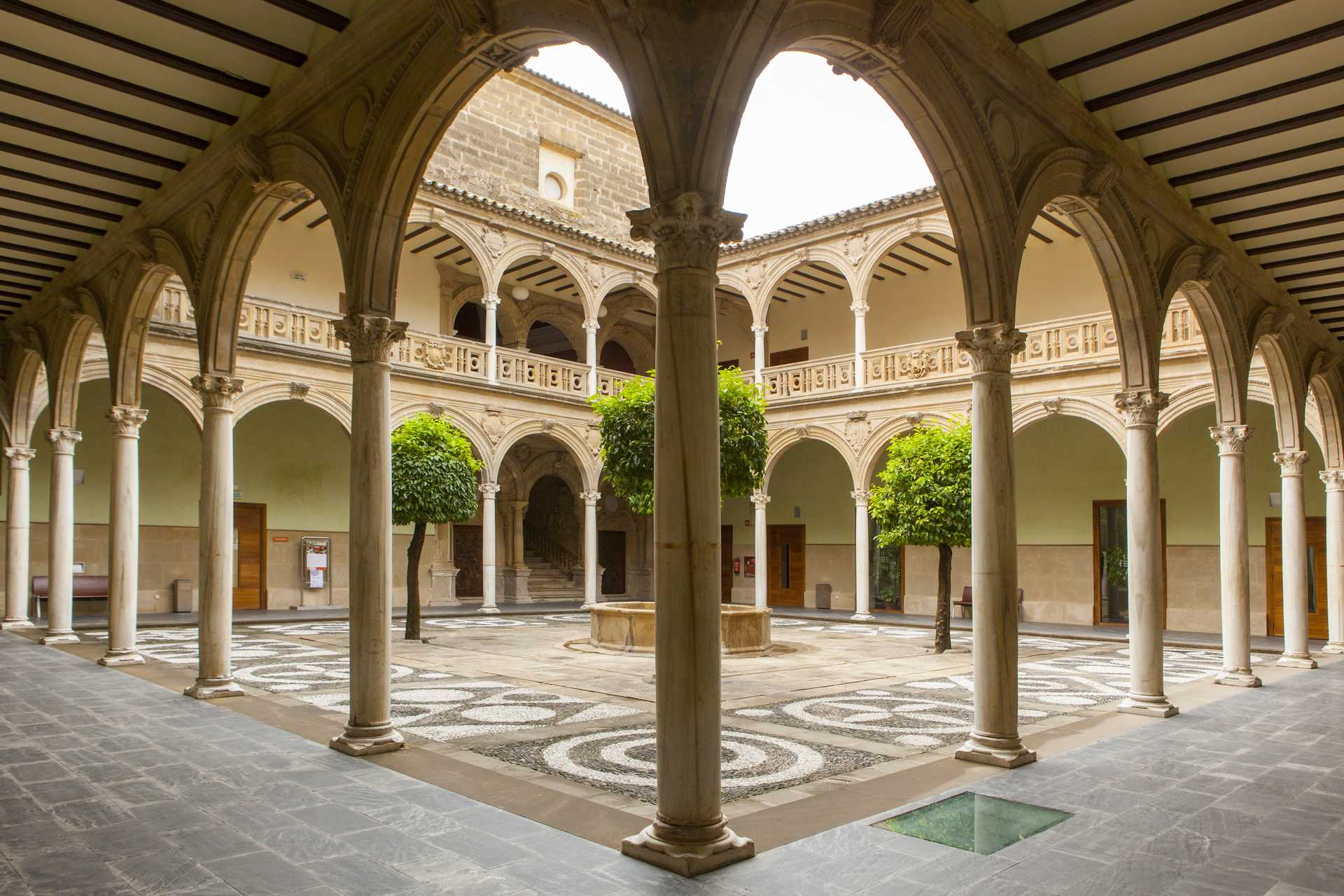
Úbeda, Spanish Cinquecento
The grace of Úbeda lives on, well beyond the centuries of its splendour (especially the 16th century, the height of the Cinquecento Renaissance). Hospital de Santiago, one of the most relevant constructions in the Andalusian Renaissance, today plays host to exhibitions and cultural events… It is also an accessible building. The Sacred Chapel, located next to Úbeda's Town Hall, has portable ramps that facilitate the entry of people in wheelchairs and those with reduced mobility. Another accessible church is San Pablo Church, a monument situated next to the old, Romanesque Plaza del Mercado.
Where to stay
Classic luxury is on offer at Palacio de Úbeda, a five-star hotel that combines historicism in its decoration with maximum comfort. It's more than just a classic rural hotel. The three-star Hotel El Postigo has a much more modern feel: visitors can choose to stay in an adapted room, if necessary.
Where to eat
Asador de Santiago, on Avenida Cristo Rey, allows guide dogs and is accessible. Its culinary offerings are based on fresh, seasonal products, with grilled red meats and fish occupying centre stage.


